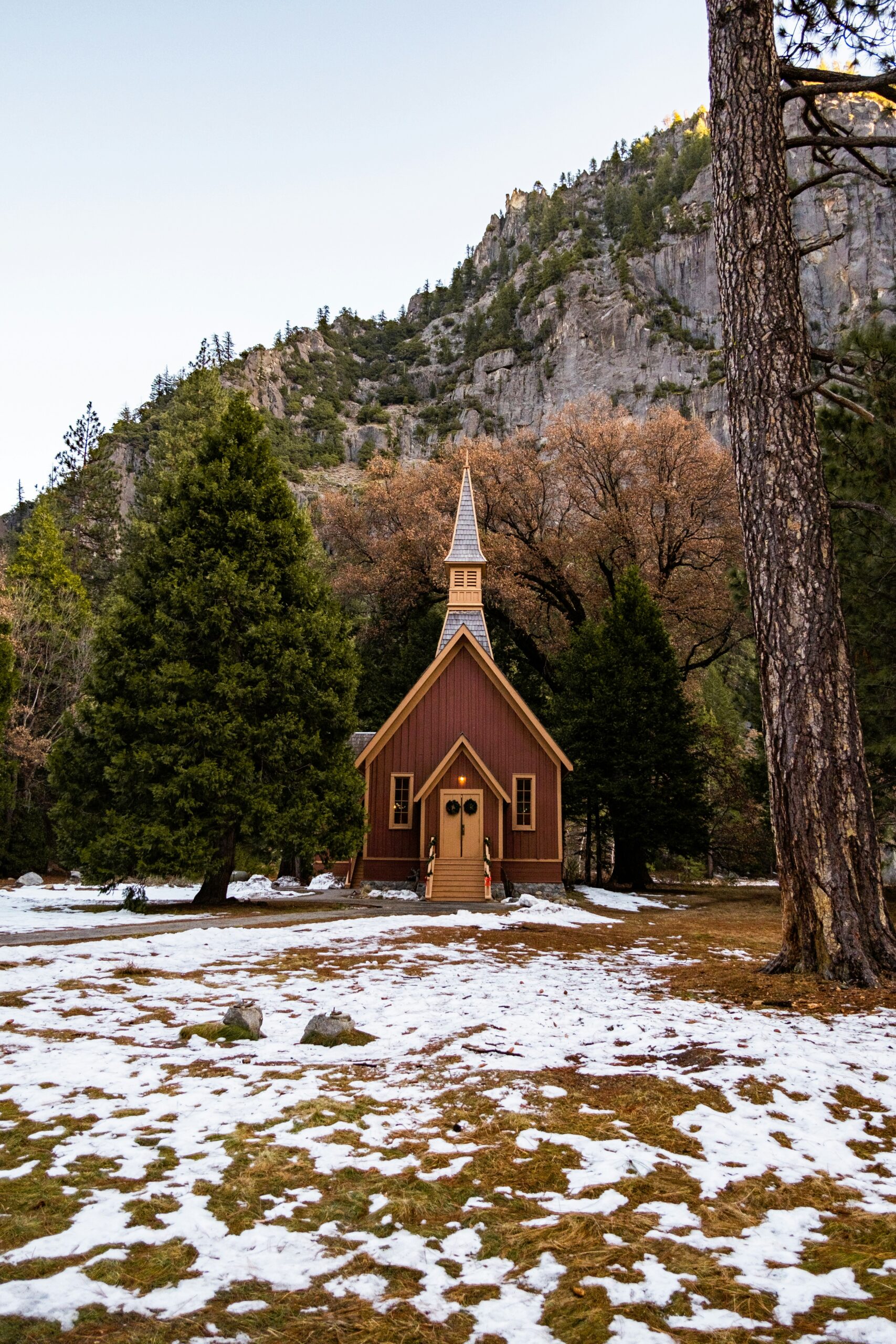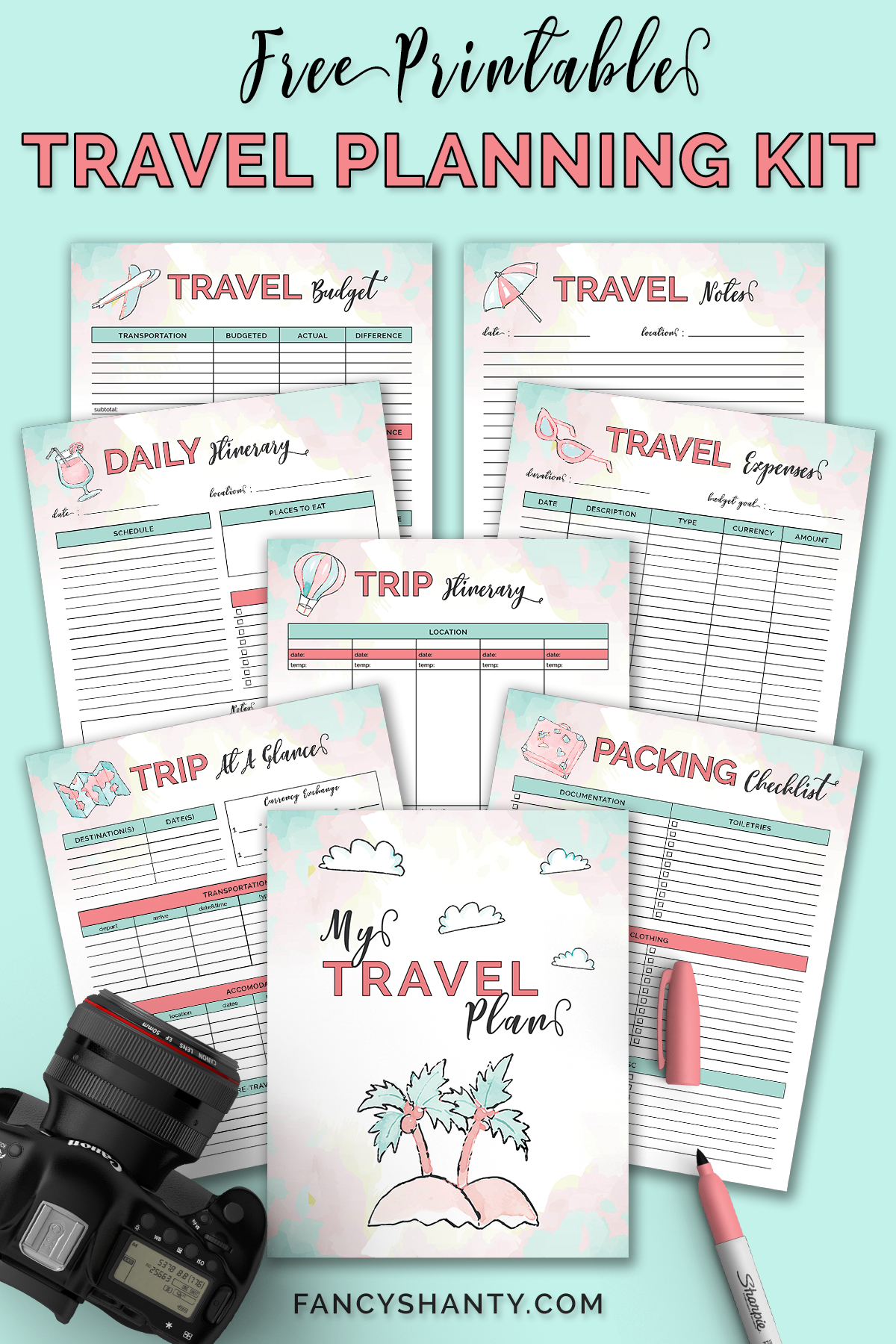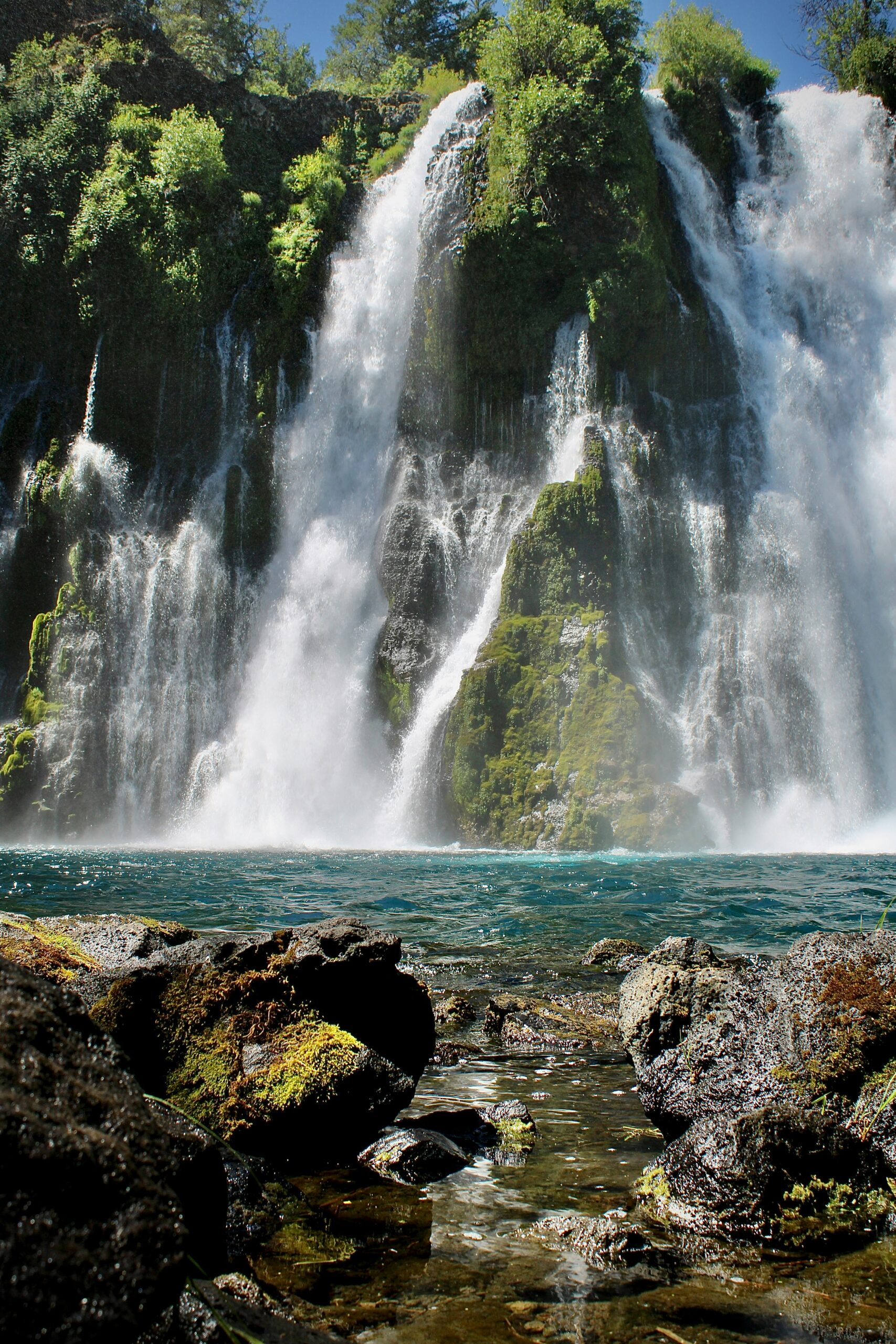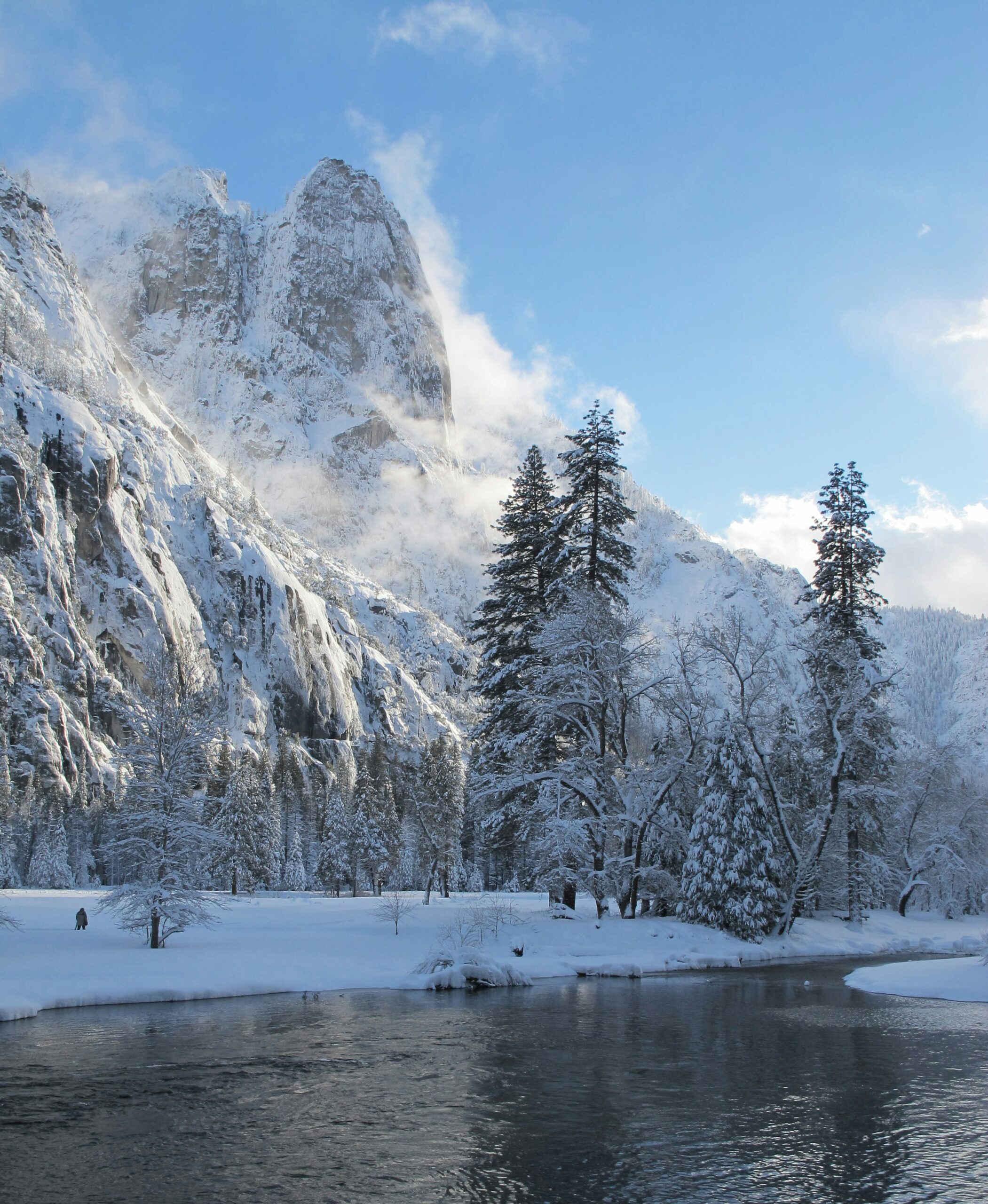Secrets of Yosemite National Park: Hidden Wonders Await
Yosemite National Park is a treasure trove of natural wonders waiting to be discovered. Beyond the iconic Half Dome and El Capitan, this vast wilderness in California holds countless hidden gems that most visitors never get to experience. You can escape the crowds and uncover Yosemite's best-kept secrets by venturing off the beaten path.
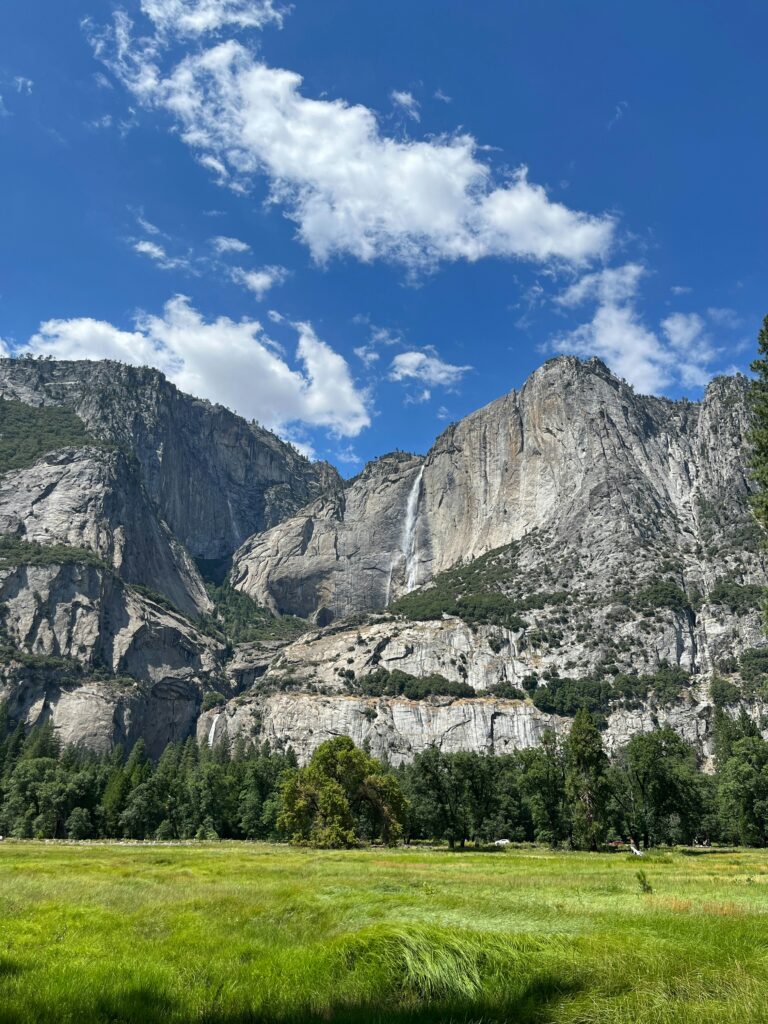
Have you ever dreamed of having a pristine alpine lake all to yourself? Kibbie Lake offers just that – a serene oasis nestled deep within Yosemite's backcountry. For those seeking solitude and breathtaking vistas, the Hetch Hetchy area in the park's northwest corner provides a peaceful alternative to the bustling Yosemite Valley.
Your journey through Yosemite's lesser-known attractions will reveal cascading waterfalls, granite domes, and lush meadows that rival the park's famous landmarks in beauty. By exploring these secret spots, you'll gain a deeper appreciation for Yosemite's diverse landscapes and create memories that will last a lifetime.
Secrets of Yosemite National Park: Hidden Wonders Await
History and Significance
Yosemite National Park's rich history spans thousands of years, from its Native American roots to its establishment as a protected wilderness. The park's significance has been shaped by indigenous peoples, pioneering conservationists, and visionary leaders who recognized its extraordinary natural beauty.
Native American Heritage
For millennia, Native American tribes called Yosemite home. The Ahwahneechee people lived in harmony with the land, developing a deep connection to its forests, rivers, and granite cliffs. Their traditions and stories are woven into the fabric of Yosemite's history.
You can still see evidence of their presence today. Ancient rock art and grinding stones offer glimpses into their daily lives. The park preserves these cultural sites, allowing you to connect with the area's original inhabitants.
Native plant use and land management practices of these tribes continue to influence modern conservation efforts in Yosemite.
John Muir's Legacy
John Muir, the famous naturalist and writer, played a crucial role in Yosemite's protection. His passionate advocacy brought national attention to the area's natural wonders.
Muir's writings inspired readers to experience Yosemite's beauty firsthand. His detailed descriptions of the park's landscapes, flora, and fauna captivated the public imagination.
You can trace Muir's footsteps by visiting some of his favorite spots:
- Yosemite Valley
- Mariposa Grove
- Tuolumne Meadows
His work laid the foundation for the modern environmental movement and helped shape America's conservation ethic.
National Park Designation
Yosemite's journey to becoming a national park began in 1864 when President Abraham Lincoln signed the Yosemite Grant Act. This groundbreaking legislation protected Yosemite Valley and Mariposa Grove, marking the first time the U.S. government set aside land for public use and preservation.
In 1890, Yosemite was officially designated as a national park. This status ensured broader protection for the area's diverse ecosystems and stunning natural features.
As you explore the park today, you're experiencing the result of over a century of conservation efforts. Yosemite's designation as a national park has:
- Preserved its unique landscapes
- Protected wildlife habitats
- Provided recreational opportunities for millions of visitors
The park continues to inspire new generations of nature lovers and conservationists.
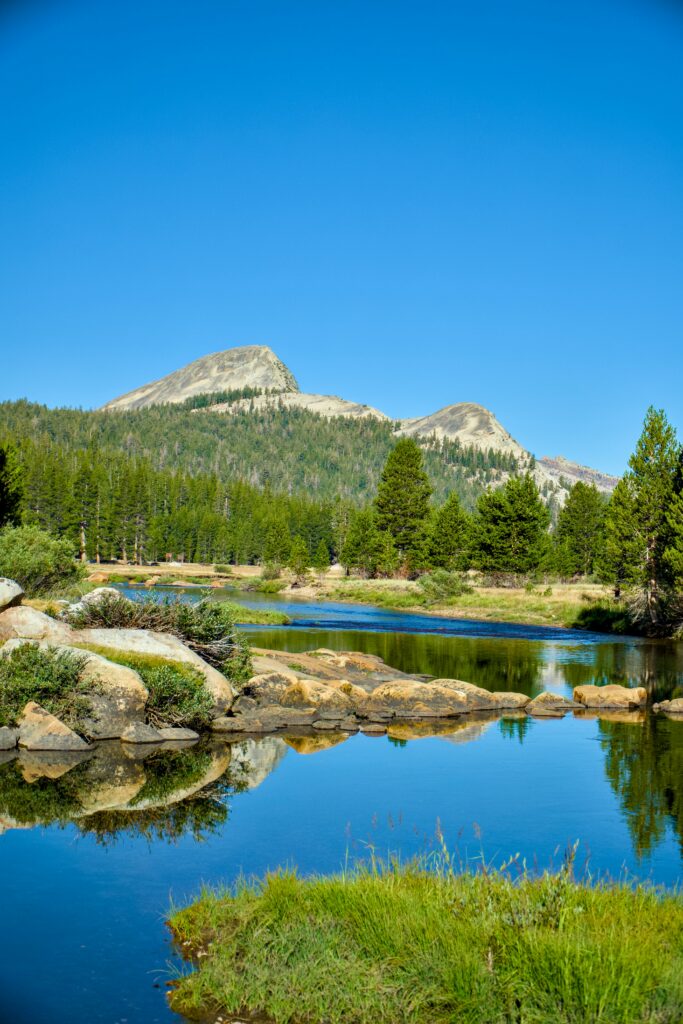
Geology and Landscapes
Yosemite's breathtaking scenery stems from its unique geological history. You'll find towering granite cliffs, iconic peaks, and dramatic valleys shaped by ancient glaciers.
Granite Cliffs
Yosemite's iconic granite cliffs are the park's most recognizable feature. These massive walls were formed from molten rock that cooled slowly underground, creating large crystals.
Over millions of years, uplift and erosion exposed these granite formations. You'll see them everywhere, from the sheer face of El Capitan to the smooth curves of Half Dome.
El Capitan, rising nearly 3,000 feet from the valley floor, is a mecca for rock climbers. Its imposing presence is a testament to the power of geological processes.
Yosemite's Peaks
The park's skyline is dotted with stunning peaks, each with its own unique character. Half Dome, perhaps the most famous, stands at 8,800 feet and offers a challenging hike to its summit.
Other notable peaks include:
- Cathedral Peak
- Mount Lyell (the park's highest point at 13,114 feet)
- Clouds Rest
These peaks are remnants of an ancient mountain range, worn down by millions of years of erosion. You'll find spectacular views from their summits, showcasing the park's diverse landscapes.
Glacial Influence
Glaciers played a crucial role in shaping Yosemite's landscape. During the Ice Age, massive ice sheets carved out U-shaped valleys and left behind unique features.
You can see evidence of glacial action in:
- Yosemite Valley's distinctive U-shape
- Hanging valleys and waterfalls
- Polished granite surfaces
- Glacial erratics (large boulders deposited by ice)
As you explore the park, you're walking through a landscape sculpted by ice over thousands of years. The glaciers may be gone, but their impact on Yosemite's geology is unmistakable.
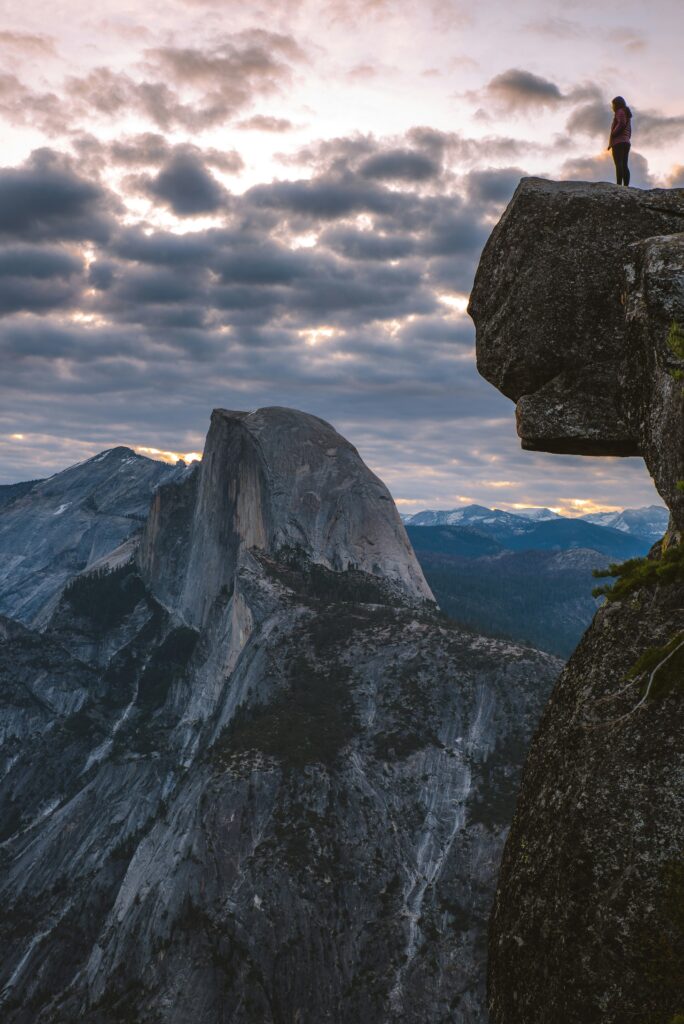
Flora and Fauna
Yosemite National Park boasts an incredible diversity of plant and animal life. From towering ancient trees to lush meadows and varied wildlife habitats, the park's ecosystems are a nature lover's paradise.
Giant Sequoias
You'll be awe-struck by the Giant Sequoias in Yosemite. These majestic trees can live for thousands of years and grow to immense sizes. The most famous grove is Mariposa Grove, home to over 500 mature sequoias.
In Mariposa Grove, you'll find the Grizzly Giant, one of the largest trees in the park. It's estimated to be around 2,700 years old and stands at an impressive 209 feet tall.
As you walk among these giants, remember to look down too. The sequoia cones are surprisingly small, about the size of a chicken egg, despite coming from such massive trees.
Meadows and Forests
Yosemite's meadows and forests are a botanical wonderland. You'll discover over 1,450 species of wildflowers blooming throughout the park.
In spring and early summer, the meadows burst into color. Look for the vibrant purple lupines and bright red Indian paintbrushes dotting the landscape.
The forests are home to a variety of trees, including:
- Ponderosa Pines
- California Black Oaks
- White Firs
Each forest type creates its own unique ecosystem, supporting different plants and animals.
Wildlife Habitats
Yosemite provides homes for an impressive array of wildlife. The park supports over 400 species of vertebrates, including mammals, birds, reptiles, and amphibians.
As you explore, keep an eye out for some of Yosemite's most iconic animals:
- Black bears
- Mule deer
- Sierra Nevada bighorn sheep
Birdwatchers will delight in spotting some of the park's 250 bird species. Listen for the call of the Steller's jay or watch for soaring peregrine falcons.
The park's rivers and streams are also teeming with life. You might spot rainbow trout in the clear waters or hear the croak of the Yosemite toad.
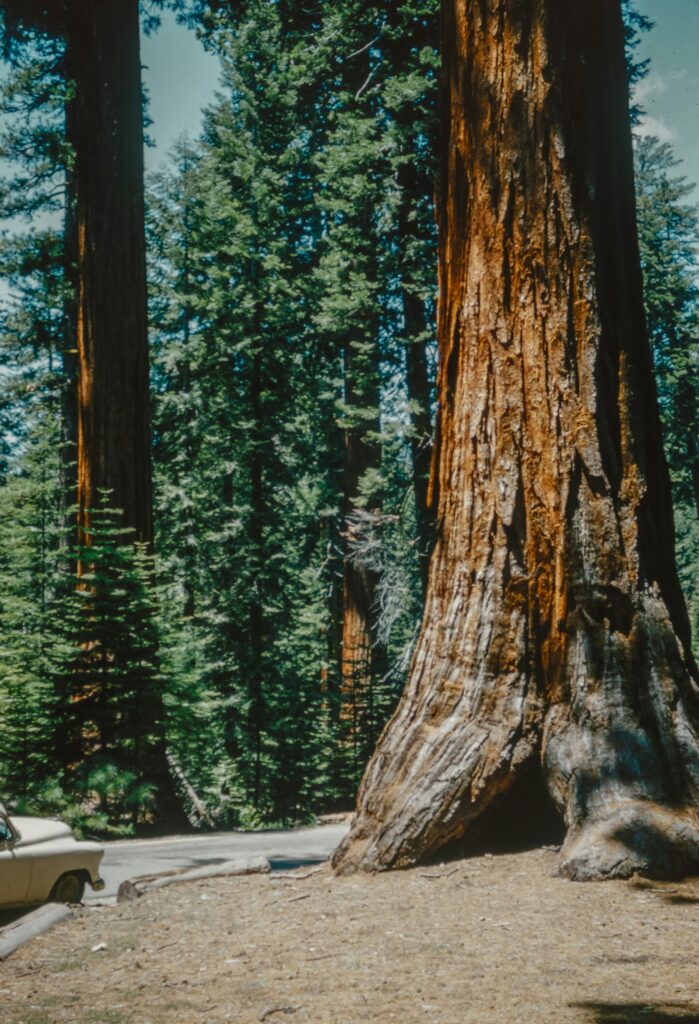
Iconic Landmarks
Yosemite National Park boasts some of the most breathtaking natural wonders in the world. You'll be amazed by the sheer size and beauty of these geological marvels that have captivated visitors for generations.
Half Dome
Half Dome is an awe-inspiring granite formation that dominates Yosemite's skyline. Rising nearly 5,000 feet above the valley floor, this iconic landmark is a must-see during your visit.
You can admire Half Dome from various viewpoints throughout the park, but for the adventurous, hiking to its summit is an unforgettable experience. The challenging 14-16 mile round trip requires a permit and takes most hikers 10-12 hours to complete.
At the top, you'll be rewarded with panoramic views of Yosemite Valley and the surrounding Sierra Nevada mountains. Don't forget your camera – the views are truly spectacular!
El Capitan
El Capitan is a massive granite monolith that stands proudly at the entrance of Yosemite Valley. This 3,000-foot vertical rock face is a mecca for rock climbers from around the world.
Even if you're not a climber, you can still appreciate El Capitan's grandeur:
- Take a short walk to El Capitan Meadow for an up-close view
- Join a ranger-led program to learn about its geological history
- Watch climbers tackle the face with binoculars
For the best photo opportunities, visit during the “golden hour” just before sunset when the rock face glows with warm light.
Bridalveil Fall
Bridalveil Fall is one of Yosemite's most picturesque waterfalls, cascading 620 feet down a sheer granite cliff. You can easily access this stunning landmark via a short, paved trail from the parking area.
The fall is at its most powerful in spring when snowmelt increases its flow. During this time, you might get a bit wet from the mist, so bring a light raincoat!
In winter, the fall often freezes, creating a unique ice cone at its base. Year-round, Bridalveil Fall offers a perfect introduction to Yosemite's natural wonders and is a great spot for a quick photo stop.
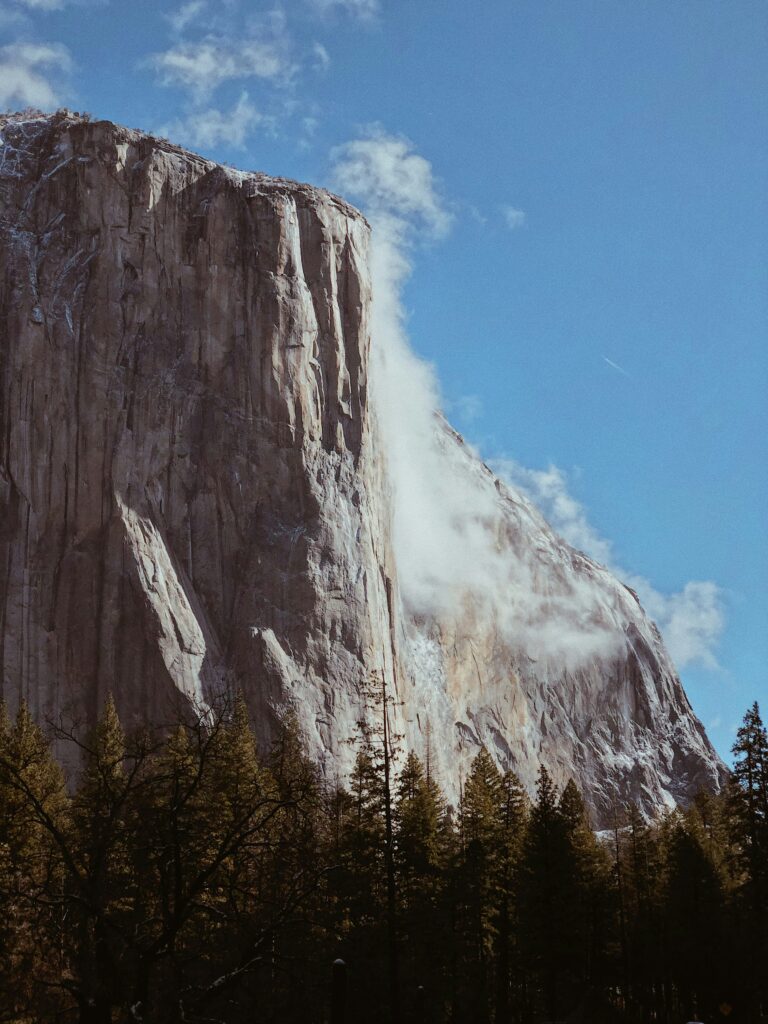
Waterfalls and Rivers
Yosemite National Park boasts some of the most spectacular waterfalls and rivers in the world. You'll be awestruck by the sheer power and beauty of these natural wonders as you explore the park.
Yosemite Falls
Yosemite Falls is a true marvel of nature. As North America's tallest waterfall, it drops an impressive 2,425 feet in three distinct stages.
You'll find the best views of this iconic cascade from spring to early summer when snowmelt feeds its powerful flow. During this time, the thundering water creates a mesmerizing spectacle.
For an up-close experience, take the one-mile loop trail to Lower Yosemite Fall. If you're up for a challenge, hike the strenuous trail to the top of Upper Yosemite Fall for breathtaking views of the valley below.
Merced River
The Merced River is the lifeblood of Yosemite Valley. This pristine waterway meanders through the heart of the park, shaping the landscape and providing a habitat for diverse wildlife.
You can enjoy the river's beauty from numerous vantage points. Take a leisurely stroll along its banks in Yosemite Valley, or find a quiet spot for a picnic and soak in the serene atmosphere.
For the adventurous, rafting trips are available during the summer months. As you float down the river, you'll be treated to unique perspectives of the surrounding cliffs and forests.
Hetch Hetchy Reservoir
Hetch Hetchy Reservoir offers a different kind of water experience in Yosemite. This man-made lake, created by damming the Tuolumne River, provides water for millions of people in the San Francisco Bay Area.
Despite its utilitarian purpose, Hetch Hetchy is a place of great beauty. You can hike along its shores and admire the dramatic cliffs that rise from the water's edge.
Don't miss Wapama Falls, a hidden gem that cascades into the reservoir. This 1,400-foot waterfall is especially impressive in spring when snowmelt swells its flow.
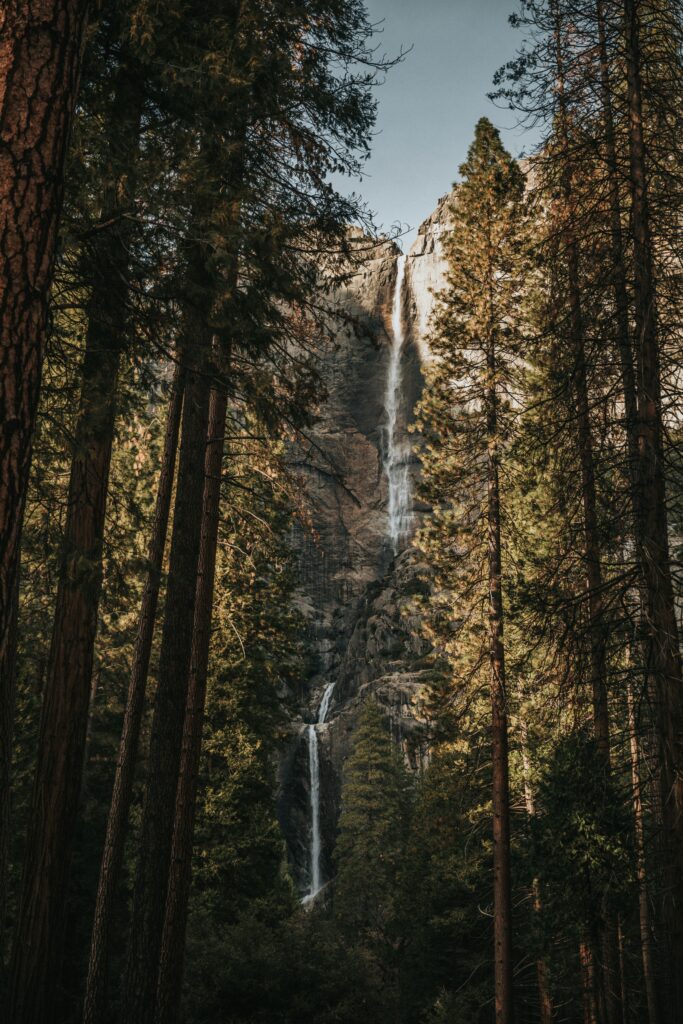
Trails and Hiking
Yosemite National Park offers a diverse range of hiking experiences for visitors of all skill levels. From easy strolls to challenging backcountry treks, you'll find trails that showcase the park's stunning natural beauty.
Family-Friendly Walks
You'll love exploring Yosemite with your little ones on these gentle trails. The Lower Yosemite Falls Trail is perfect for families, offering a paved 1-mile loop with breathtaking views of North America's tallest waterfall.
For a tranquil experience, take a stroll around Mirror Lake. This easy 2-mile round trip rewards you with stunning reflections of Half Dome in the lake's still waters.
Don't miss the Sentinel Dome Trail, a 1.8-mile round trip that offers panoramic views of Yosemite Valley. It's slightly more challenging but still manageable for most families.
Day Hikes
Ready for a full day of adventure? Yosemite's day hikes offer unforgettable experiences. The Mist Trail to Vernal and Nevada Falls is a park favorite, taking you up close to two powerful waterfalls.
For a true challenge, tackle the Half Dome hike. This strenuous 14-16 mile round trip climbs 4,800 feet and requires a permit for the cable section. The views from the top are simply breathtaking.
If you're looking for a less crowded option, try the Clouds Rest Trail. This 12.7-mile round trip offers stunning 360-degree views of the park, including Half Dome and Tenaya Canyon.
Backcountry Adventures
For experienced hikers, Yosemite's backcountry trails offer true wilderness experiences. Sections of both the Pacific Crest Trail and John Muir Trail pass through the park, providing opportunities for multi-day backpacking trips.
The Ostrander Lake Trail is a hidden gem, stretching 12.7 miles round trip to a serene alpine lake. It's a challenging but rewarding hike away from the crowds.
Remember to obtain the necessary wilderness permits for overnight trips. Always practice Leave No Trace principles and be prepared for changing weather conditions in the backcountry.
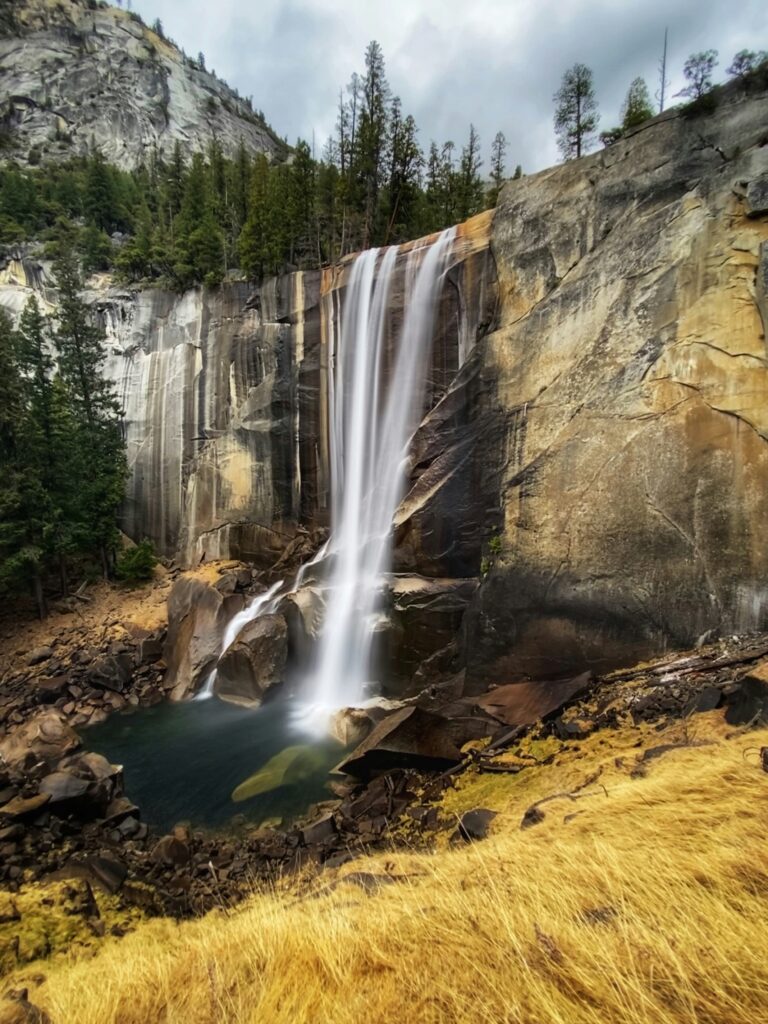
Camping and Accommodations
Yosemite National Park offers diverse camping and lodging options to suit every type of visitor. From rustic campgrounds to luxurious hotels, you'll find the perfect place to rest after exploring the park's wonders.
Campgrounds
Yosemite boasts 13 campgrounds scattered throughout the park. You'll find a mix of reservation-based and first-come, first-served sites. Popular campgrounds like North Pines and Upper Pines provide stunning views and easy access to main attractions.
Remember to book your spot early, as reservations fill up quickly. Most campgrounds offer basic amenities like fire rings, picnic tables, and food storage lockers.
Be bear-aware! Always use the provided bear-proof containers to store your food and scented items. This helps protect both you and the park's wildlife.
Backcountry Camping
For a more secluded experience, consider backcountry camping. You'll need a wilderness permit, which you can reserve in advance or obtain on a first-come, first-served basis.
Pack light but don't forget essential gear like a bear canister. These are crucial for storing food safely away from curious bears.
Familiarize yourself with Leave No Trace principles to minimize your impact on Yosemite's delicate ecosystem. Remember, what you pack in, you must pack out.
Lodging Options
If camping isn't your style, Yosemite offers a range of lodging options. From the rustic charm of Curry Village's canvas tent cabins to the luxurious rooms at The Ahwahnee, you'll find accommodations to fit your preferences and budget.
For a unique experience, consider staying at one of the High Sierra Camps. These remote camps offer a taste of backcountry living with the comfort of provided meals and lodging.
Book your lodging well in advance, especially for peak seasons. This ensures you'll have a comfortable place to relax after your Yosemite adventures.
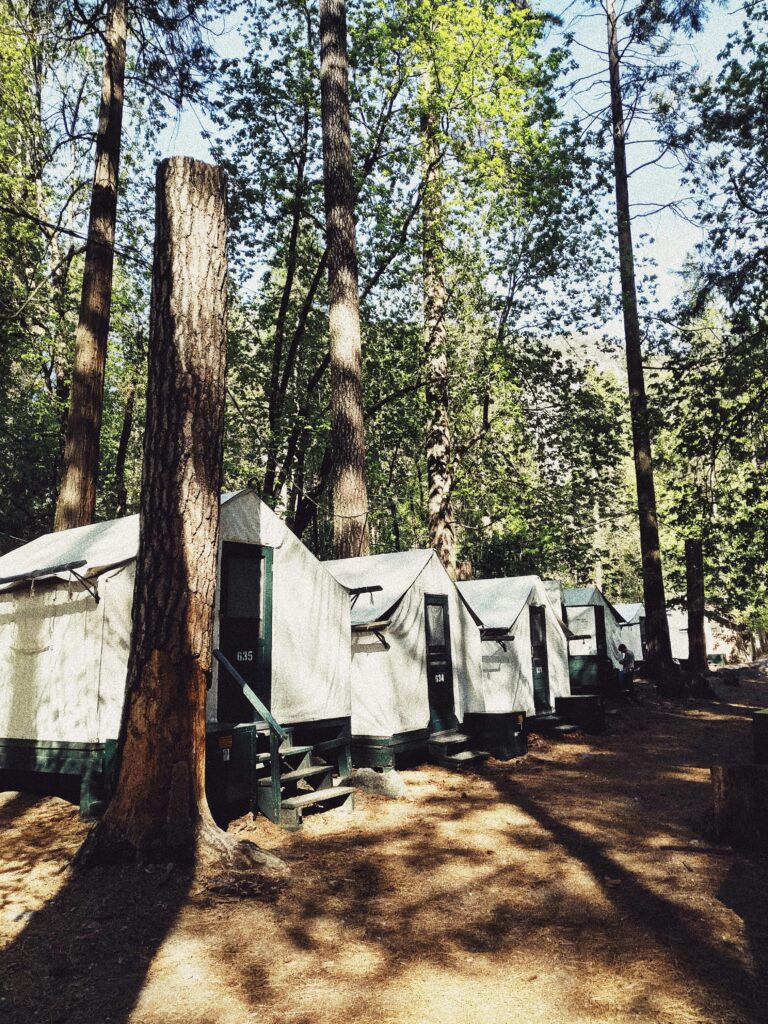
Seasonal Attractions
Yosemite National Park offers unique experiences throughout the year, with each season showcasing its own natural wonders. You'll find breathtaking displays of wildflowers, thundering waterfalls, vibrant autumn foliage, and serene snow-covered landscapes as the months progress.
Spring Blooms
As winter's chill fades, Yosemite bursts into life with a spectacular display of spring blooms. You'll be amazed by the colorful wildflowers carpeting the meadows and valleys. Look out for vibrant lupines, delicate shooting stars, and golden California poppies.
The park's famous waterfalls reach their peak flow during this time, fed by melting snow. You won't want to miss the thunderous roar of Yosemite Falls, the tallest waterfall in North America. For a truly unforgettable experience, hike the Mist Trail to Vernal and Nevada Falls, where you'll feel the spray on your face as you ascend alongside these powerful cascades.
Spring is also an excellent time for rock climbing enthusiasts. The granite cliffs are less crowded, and the cooler temperatures make for ideal climbing conditions.
Summer Activities
Summer in Yosemite brings warm, sunny days perfect for outdoor adventures. You can tackle challenging hikes like the Half Dome Cable Route, a 13-kilometer trek that rewards you with panoramic views of the valley.
For a more relaxed experience, pack a picnic and head to one of the park's scenic meadows. Sentinel Meadow and Cook's Meadow offer stunning views of Half Dome and are great spots for wildlife watching.
Don't miss the chance to cool off in the Merced River. You can go for a swim, try your hand at fishing, or enjoy a leisurely float downstream.
As night falls, join a ranger-led stargazing program. The park's dark skies provide an incredible backdrop for viewing constellations and the Milky Way.
Autumn Colors
Fall brings a magical transformation to Yosemite. The changing leaves paint the landscape in warm hues of gold, orange, and red. You'll find some of the best fall foliage views along the Merced River and in Yosemite Valley.
October is an ideal time to visit Glacier Point, where you can take in sweeping vistas of Half Dome and the High Sierra without the summer crowds. The crisp air and clear skies make for excellent photography conditions.
Hiking is particularly enjoyable in autumn. The Mist Trail is less crowded, and the cooler temperatures make the climb more comfortable. Keep an eye out for wildlife preparing for winter, such as mule deer and black bears foraging for food.
Winter Wonderland
When snow blankets Yosemite, the park transforms into a serene winter paradise. You can explore the quiet beauty of the valley on snowshoes or cross-country skis. Guided snowshoe walks are available if you're new to winter sports.
For a unique experience, head to the outdoor ice skating rink at Curry Village. Glide across the ice with stunning views of Half Dome as your backdrop.
Winter is also the only time you can witness the “firefall” at Horsetail Fall. For a few weeks in February, the setting sun illuminates the waterfall, creating the illusion of flowing fire against the granite cliff.
Don't forget to visit the giant sequoias in Mariposa Grove. These ancient trees are particularly majestic when dusted with snow, and the quieter winter months allow for a more intimate experience among these natural wonders.
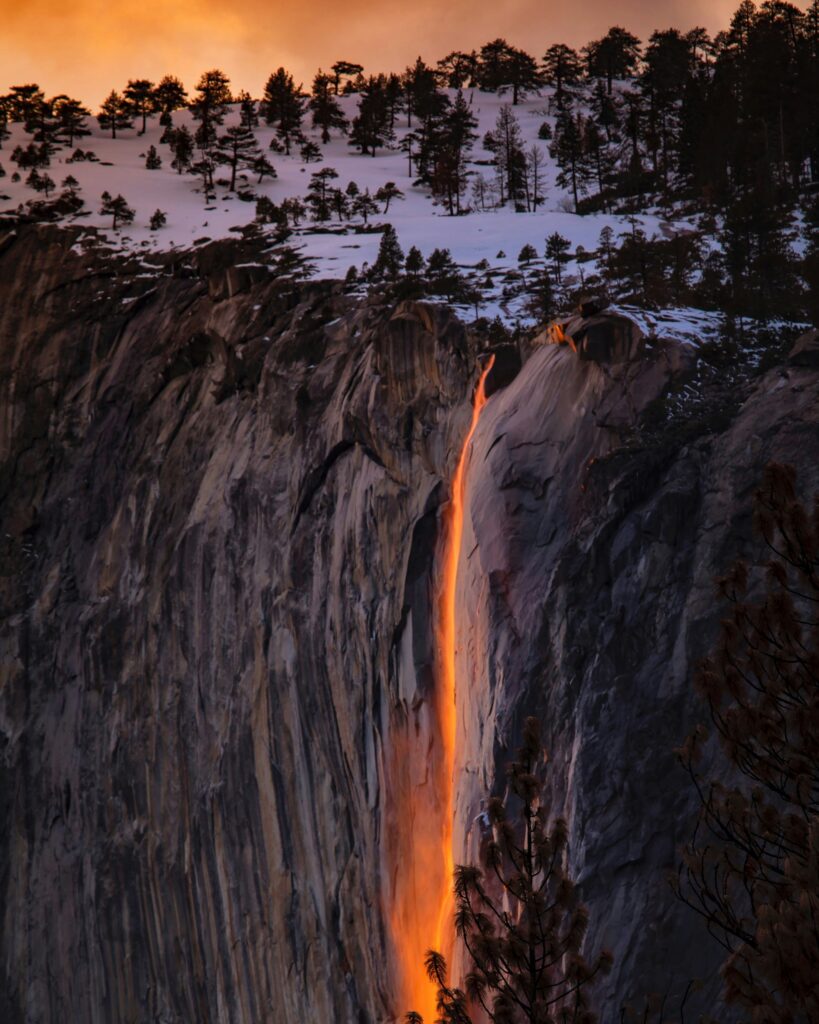
Conservation and Stewardship
Yosemite National Park faces challenges in balancing visitor enjoyment with environmental protection. Your actions can make a big difference in preserving this natural wonder for future generations.
Protecting The Park
Yosemite's vast wilderness covers nearly 95% of the park. You can help protect it by following Leave No Trace principles. Pack out all trash, stay on designated trails, and avoid disturbing wildlife.
The park actively works to restore natural habitats. Forest restoration efforts include controlled burns to maintain healthy ecosystems. These practices help protect the park's diverse plant and animal species.
Climate change poses new threats to Yosemite. Park managers are adapting conservation strategies to address rising temperatures and changing precipitation patterns. Your support of these efforts helps ensure the park's long-term health.
Volunteer Opportunities
You can directly contribute to Yosemite's preservation by volunteering. The park offers various programs for visitors to get involved:
- Trail maintenance
- Habitat restoration
- Visitor education
- Wildlife monitoring
The Climbing Stewardship Program is a great example of community involvement. Volunteers help protect climbing areas through education and restoration work.
These opportunities allow you to give back to the park while gaining a deeper appreciation for its natural wonders. Check the park's website for current volunteer openings and requirements.
Sustainable Visitation
As Yosemite's popularity grows, sustainable tourism becomes crucial. You can help by visiting during off-peak times and using park shuttles to reduce traffic congestion.
Consider staying in eco-friendly accommodations and supporting local businesses that prioritize sustainability. Bring reusable water bottles and shopping bags to minimize waste.
When hiking, stick to established campsites and use bear-proof food storage containers. This helps protect both wildlife and the park's ecosystem.
By practicing responsible tourism, you ensure that Yosemite remains pristine for your future visits and for generations to come.
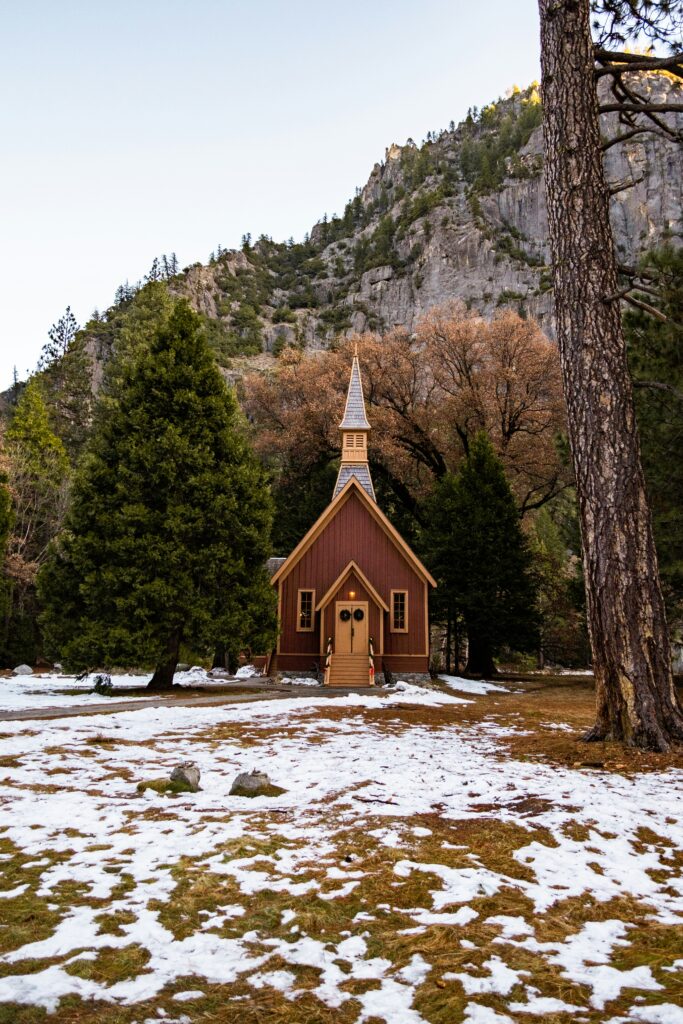
Visitor Information
Yosemite National Park offers breathtaking beauty and unforgettable experiences. Planning ahead, knowing how to navigate, and staying safe are crucial for making the most of your visit.
Planning Your Visit
The best time to visit Yosemite depends on your preferences. Summer is popular but crowded. Consider spring or fall for fewer people and stunning scenery.
Book accommodations early, especially if you want to stay inside the park. Options include campgrounds, lodges, and hotels.
Purchase park passes in advance to save time at entrance gates. The America the Beautiful pass is a great value if you plan to visit multiple national parks.
Pack layers, as weather can change quickly. Don't forget essentials like sunscreen, water bottles, and comfortable hiking shoes.
Navigating the Park
Yosemite Valley is the heart of the park, but don't miss other areas like Tuolumne Meadows or Glacier Point Road.
Use the free shuttle service in Yosemite Valley to avoid parking hassles. It's eco-friendly and convenient.
Wake up early to beat crowds at popular trailheads and viewpoints. You'll enjoy peaceful moments and better photo opportunities.
Pick up a park map at visitor centers. Rangers can provide up-to-date information on trail conditions and park activities.
Explore hidden gems like Hetch Hetchy Valley or Wawona for a quieter experience away from the crowds.
Safety Tips
Always carry plenty of water and snacks, even on short hikes. Dehydration is a common issue in Yosemite's dry climate.
Be bear-aware! Use bear-proof food storage containers and never leave food unattended.
Stay on marked trails to protect yourself and the park's delicate ecosystem.
Check weather forecasts before heading out. Afternoon thunderstorms are common in summer.
Tell someone your plans if you're going on a long hike or into backcountry areas. Cell service is limited in many parts of the park.

